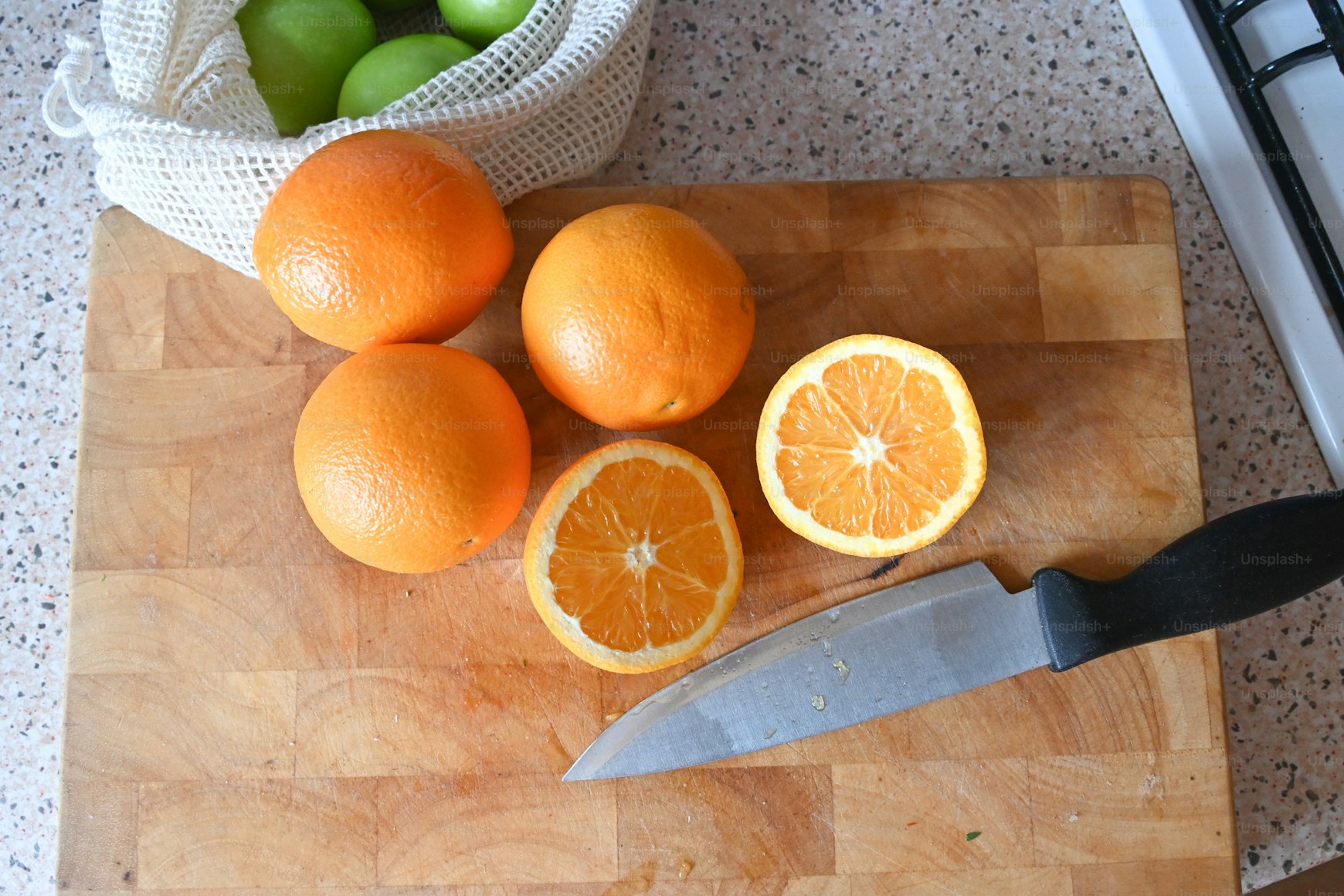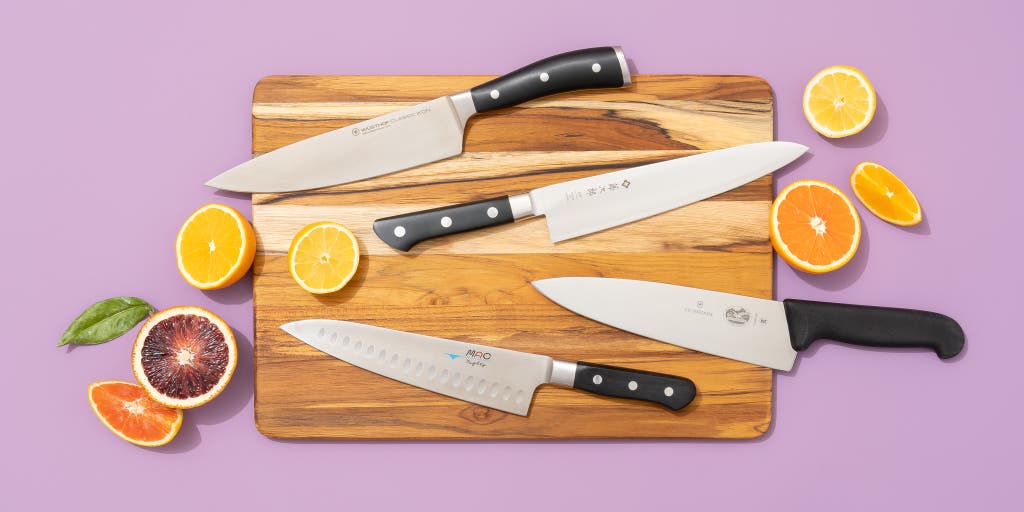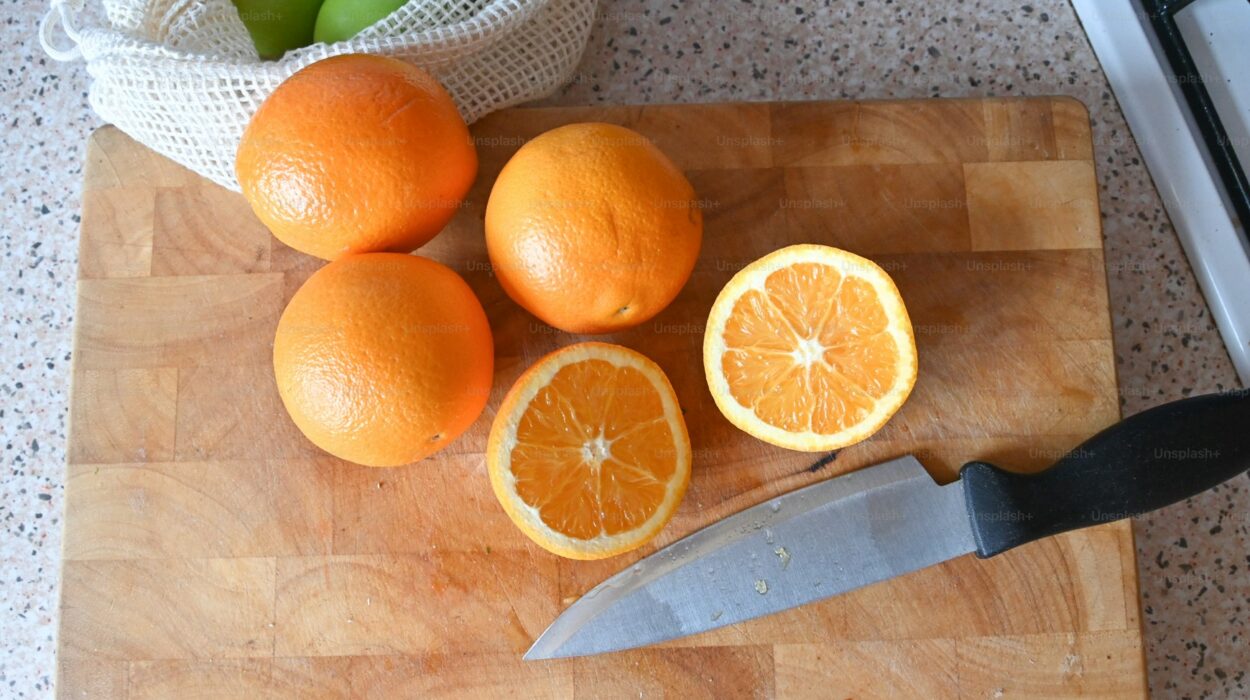The question of what size chef knife should I get is common among home cooks and professional chefs. A chef knife is an essential tool in the kitchen, used daily for a variety of tasks. Getting the right size can significantly impact your cooking experience. In this comprehensive guide, we’ll explore the different factors to consider when choosing the right size chef knife for your needs.

Introduction to Chef Knives
Chef knives come in various sizes, typically ranging from 6 to 12 inches. The size you choose can depend on various factors such as hand size, cooking style, and personal preference. Understanding these factors can help you make an informed decision.

Factors to Consider
Hand Size
Your hand size plays a critical role in determining the right size chef knife. A knife that’s too large or too small can be uncomfortable to use, reducing efficiency and precision.
Cooking Tasks
Different cooking tasks may require varied knife sizes. For example, chopping herbs might require a smaller knife, while slicing large cuts of meat may be more manageable with a larger knife.
Kitchen Space
The amount of space in your kitchen can also influence your choice. If you have limited countertop space, a smaller knife might be more convenient.
Blade Control
Your ability to control the blade is crucial. A well-balanced knife that feels comfortable in hand can enhance control and reduce fatigue.

Popular Sizes of Chef Knives
6-Inch Chef Knife
This smaller size is agile and easy to control, making it an excellent choice for those with smaller hands or for intricate tasks. However, it might not be suitable for handling larger ingredients.
8-Inch Chef Knife
The 8-inch knife is the most popular size among home cooks and professional chefs. It offers a good balance between agility and power, suitable for a wide range of tasks.
10-Inch Chef Knife
This larger size provides more power and cutting surface, ideal for heavy-duty tasks. It’s favored by those who often deal with large quantities of food.

Choosing the Right Blade Material
Stainless Steel
Stainless steel knives are durable, resistant to rust, and require less maintenance. They are a popular choice for home cooks.
Carbon Steel
Carbon steel knives are very sharp and hold their edge well. However, they require more maintenance to prevent rust.
High Carbon Stainless Steel
This material combines the best of both worlds, offering sharpness and rust resistance. It’s often found in high-quality chef knives.
Knife Handle Materials
Wooden Handles
Wooden handles offer a classic look and comfortable grip. However, they require more care to maintain.
Plastic Handles
Plastic handles are durable and easy to clean, but they might not offer the same level of comfort as wooden handles.
Composite Handles
Composite handles combine materials to provide durability and a comfortable grip. They are often found in higher-end knives.
Grip and Comfort
Choosing a knife that feels comfortable in your hand is essential. Testing the grip and balance of different knives can help you find the perfect fit.
Weight and Balance
The weight and balance of a knife can affect its ease of use. A well-balanced knife with the right weight can improve control and reduce fatigue.
Maintaining Your Chef Knife
Proper maintenance is crucial for the longevity of your knife. Regular sharpening, proper storage, and cleaning can keep your knife in top condition.
Sharpening Tips
Regularly sharpening your knife ensures it remains efficient and safe to use. Using the right sharpening tools and techniques is vital.
Storage Solutions
Proper storage prevents damage to the blade. Knife blocks, magnetic strips, and protective sheaths are popular options.
Buying Guide and Recommendations
When purchasing a chef knife, considering factors such as brand reputation, reviews, and price can help you make an informed decision.
Top Brands
Popular brands like Wsthof, Shun, and Global offer a range of high-quality chef knives suited for various needs and preferences.
Conclusion
Choosing the right size chef knife is a personal decision that depends on factors like hand size, cooking tasks, and personal preference. By understanding these factors, you can select a knife that enhances your cooking experience and makes kitchen tasks more enjoyable.
Five tips for keeping your kitchen knives sharp. Additionally, check out our guide on Knife Safety and whetston selection for detailed insights on handling and maintaining your kitchen knives.
FAQ Section
What size chef knife should I start with?
For beginners, an 8-inch knife is a good starting point. It offers a balance between control and power, suitable for various tasks.
How do I maintain my chef knife?
Regular sharpening, proper cleaning, and storage in a protective sheath or knife block are essential for maintaining your chef knife.
Can I use a single chef knife for all tasks?
While a chef knife is versatile, having specialized knives for tasks like filleting or bread slicing can improve efficiency and results.
As an Amazon Associate, I earn from qualifying purchases.


